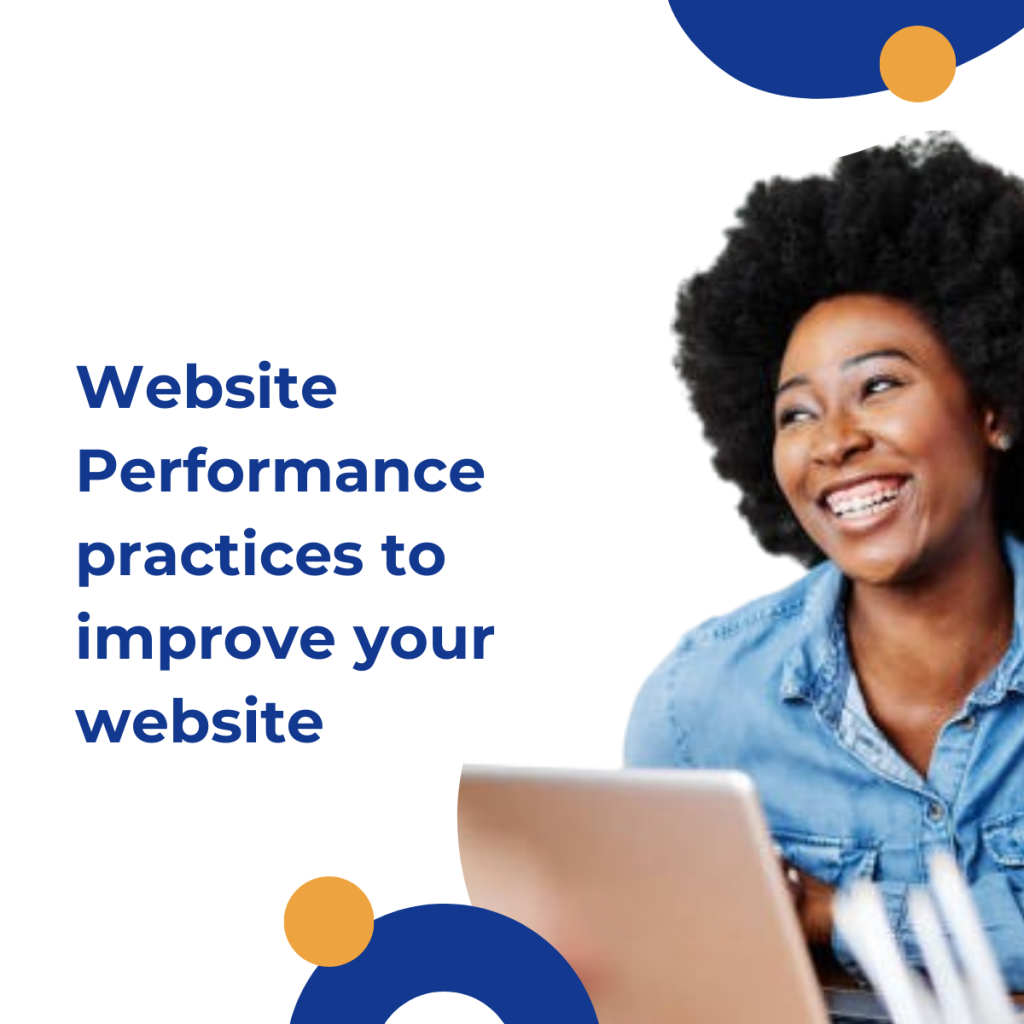Websites can often load slowly which can affect your business. If your website is not able to load within 2 seconds, you are likely losing a lot of traffic since most users are not patient with loading websites, in this article today, you will learn more about how to optimise your website to improve performance
If you give your website the best optimization tactics, you are likely to rank high and receive more traffic compared to your competitors. However, website optimisation takes time to effect and in most cases, website owners see results after three months.
1. Understanding the Significance of Website Speed
Impact of Page Speed on User Engagement
Fast loading times are crucial in today’s digital landscape, and the significance of website speed cannot be overstated. As an online user, I expect webpages to load quickly, and research shows that I’m not alone in this sentiment. Users tend to lose interest if they have to wait more than 3 seconds for a website to load.
Therefore, it’s crucial for businesses to optimize their website performance to provide a seamless user experience.
AppNomu has registered more than 10, 000 domains since 2021, we not only register your domain, but we also provide from domain privacy so you can protect your domain from spams and hide your information from hackers. Want to try out domain, Search for your domain today
Consequences of Slow Website Loading Times
When a website is slow to load, it can have severe consequences for businesses. High bounce rates, low user retention, and decreased sales are common results of slow loading times. Users have become increasingly impatient in the digital age, and if a website fails to meet their expectations, they are more likely to navigate away and seek alternatives.

Relationship between Website Performance and Business Success
The performance of a website directly impacts its success. A fast-loading website can improve user engagement, increase conversions, and enhance the overall user experience.
On the other hand, a slow website can lead to lost opportunities and hinder the growth of a business.
Therefore, investing in website speed optimization is vital for businesses of all sizes.
2. Factors Influencing Website Speed
Analysis of Critical Elements Affecting Site Speed
Several factors can influence the speed of a website. Some common elements that contribute to slow loading times include heavy use of CSS and JavaScript, poor server or hosting plans, large image sizes, failure to use browser cache, excessive widgets and plugins, high traffic volume, older browsers, and slow network connections. It’s essential to identify and address these bottlenecks to optimize website performance effectively.
New business? Join the startup program of AppNomu. 150 Startups Have been Helped since 2022 with our free resources for six months. you get free Hosting, free support and 100 free SMS per month to send to your clients. Join the startup program today
Recognizing the Role of Hosting Plans in Website Performance
The choice of hosting plan plays a crucial role in determining website speed. Shared hosting plans are generally more affordable but can result in slower loading times due to resource limitations.
On the other hand, dedicated hosting or virtual private servers (VPS) provide better performance by allocating dedicated resources to your website. Assessing your website’s needs and upgrading to a suitable hosting plan can significantly improve its speed and overall performance.
Importance of Efficient CSS, JavaScript, and Image Optimization
CSS, JavaScript, and image optimization are essential aspects of website speed optimization. Optimizing CSS and JavaScript files involve minimizing their size and reducing unnecessary code. This process helps to eliminate any potential bottlenecks that could slow down the loading times.
Similarly, compressing and optimizing images can significantly improve website speed. Choosing the appropriate image format, resizing images, and leveraging image compression techniques can prevent large file sizes from affecting overall performance.
3. Strategies for Monitoring Website Speed
Utilizing Key Metrics to Evaluate Website Performance
To accurately monitor and evaluate website performance, it’s essential to measure specific metrics. Core Web Vitals, including Largest Contentful Paint, First Input Delay, and Cumulative Layout Shift, offer valuable insight into the user experience and can help identify areas for improvement. Monitoring these metrics allows businesses to track their website’s performance over time and take proactive measures to optimize speed.
Tools and Platforms for Measuring Core Web Vitals
Numerous tools and platforms are available to measure Core Web Vitals and assess overall website performance. Tools like Sematext Synthetics and Sematext Experience offer comprehensive solutions for monitoring website speed and user experience. These tools provide valuable data and real-time insights that help businesses optimize their website’s performance effectively.
Importance of Regular Performance Monitoring and Testing
Optimizing website speed is not a one-time task; it’s an ongoing process. Regular performance monitoring and testing are critical to maintaining optimal website speed. By consistently tracking and analyzing website metrics, businesses can identify potential issues, implement improvements, and ensure that their website provides the best possible user experience.
4. Implementing Best Practices for Enhanced Website Speed
Reducing HTTP Requests and Enhancing Webpage Loading Efficiency
One of the fundamental strategies for improving website speed is reducing the number of HTTP requests. Eliminating unnecessary requests, optimizing the remaining ones, and leveraging techniques like file minification and compression can significantly enhance webpage loading efficiency. By streamlining the loading process, businesses can ensure a faster and smoother user experience.
Leveraging Content Delivery Networks (CDN) for Faster File Delivery
Content Delivery Networks (CDNs) play a crucial role in optimizing website speed by efficiently delivering static files to visitors. CDNs utilize a network of servers spread across various locations, ensuring that content is delivered from the server geographically closest to the user. By leveraging CDNs, businesses can minimize latency and improve overall website performance.
Techniques for Optimizing Website Code and Resource Loading
Optimizing the website’s code and resource loading is an essential aspect of improving website speed. Techniques such as code minification, asynchronous loading of JavaScript, and the use of prefetch, preconnect, and prerender techniques can greatly enhance rendering speed. Additionally, reducing the number of plugins and optimizing server processing time (TTFB) can further contribute to website performance.
In conclusion, optimizing website speed is paramount for businesses aiming to provide an exceptional user experience and drive success. By understanding the significance of website speed, recognizing the factors that influence it, implementing strategies to monitor and improve performance, and following best practices, businesses can enhance their website’s speed and ensure optimal performance. Embracing website speed optimization not only benefits users but also leads to higher engagement, increased conversions, and ultimately, business growth without solely relying on ads.
We may earn a commission if you make a purchase or subscribe to the software we used in our article, you acknowledge that no compensation shall be rendered to you.





[…] When it comes to running a successful website, speed and performance play a crucial role. Slow-loading websites can lead to high bounce rates and decreased user engagement. Hosting your website with AppNomu ensures improved website speed, allowing your pages to load quickl… […]
[…] Essentially, they exist in isolation and can only be accessed directly via their specific URL. Search engine crawlers also struggle to discover these pages because they aren’t connected to other content. Imagine a […]